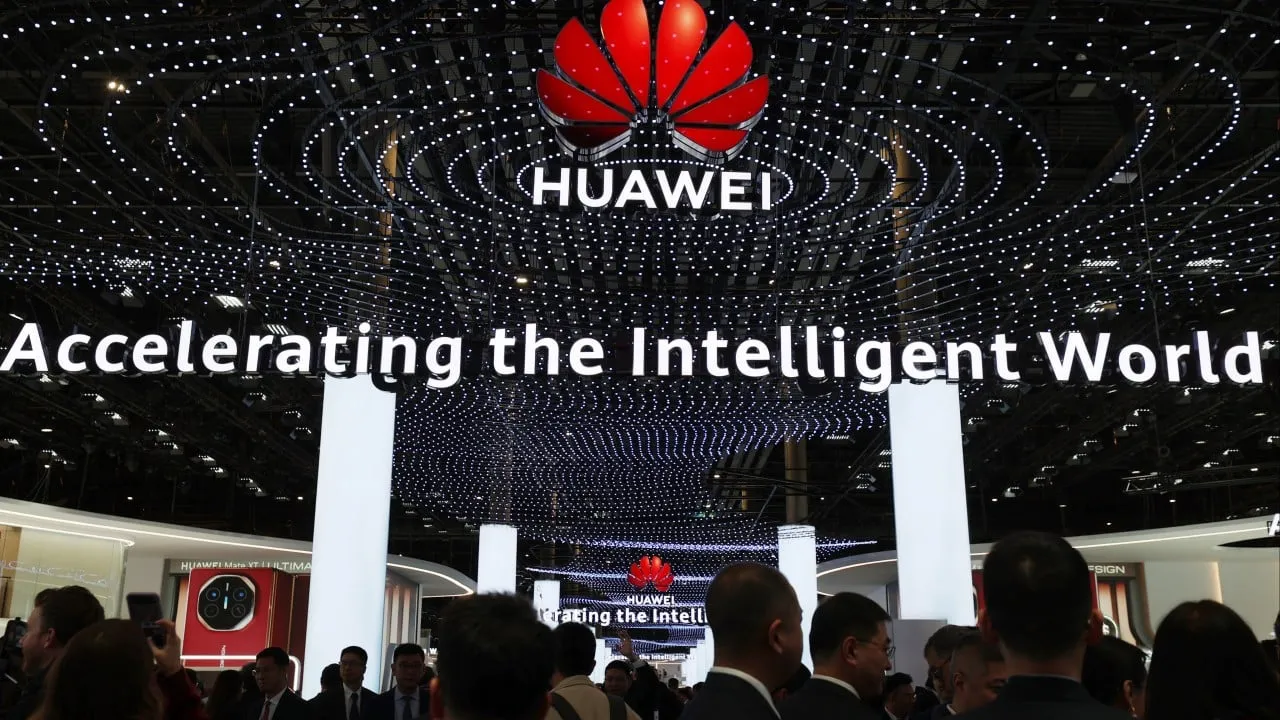Data Centres and AI: Huawei Pioneers Ternary Logic for Innovative Chip Design

Data Centres and AI: Huawei’s Ternary Logic Patent Revolutionizes Chip Design
Data centres are on the brink of transformation as Huawei Technologies has filed a patent for ternary logic, which presents an alternative to conventional binary computing. This groundbreaking innovation, rooted in ideas first explored at Moscow State University, aims to significantly enhance artificial intelligence (AI) chip design while navigating the challenges posed by US sanctions.
Battery Efficiency and Chip Design
By leveraging ternary standards, the application details how decreasing transistor counts can lead to lower energy consumption, a critical factor as data centres powered by AI demand more efficiency. A notable benefit of this approach lies in its potential to push the boundaries of integrated circuits, especially at advanced chip design levels.
Technology and Sanctions
Amid ongoing US sanctions, Huawei’s efforts to innovate reflect a commitment to resilience in chip design. Collaborations with partners like SiCarrier are fostering advancements—even in a challenging landscape that limits access to cutting-edge manufacturing tools. As tech enthusiasts closely monitor these developments, Huawei's patent signifies a pivotal moment for technology and integrated circuit design.
This article was prepared using information from open sources in accordance with the principles of Ethical Policy. The editorial team is not responsible for absolute accuracy, as it relies on data from the sources referenced.